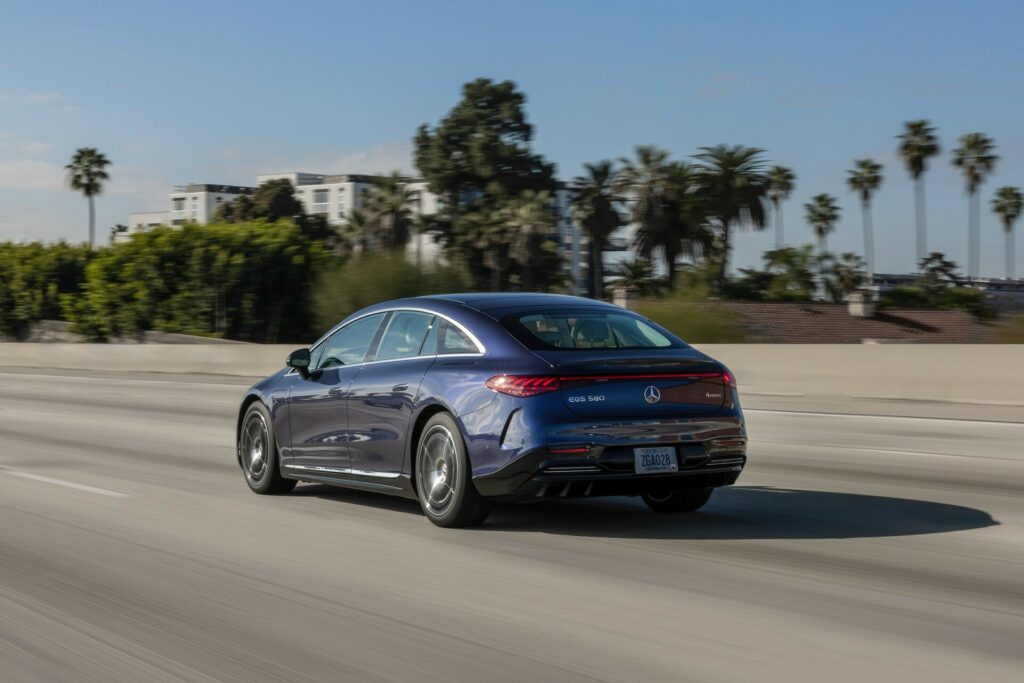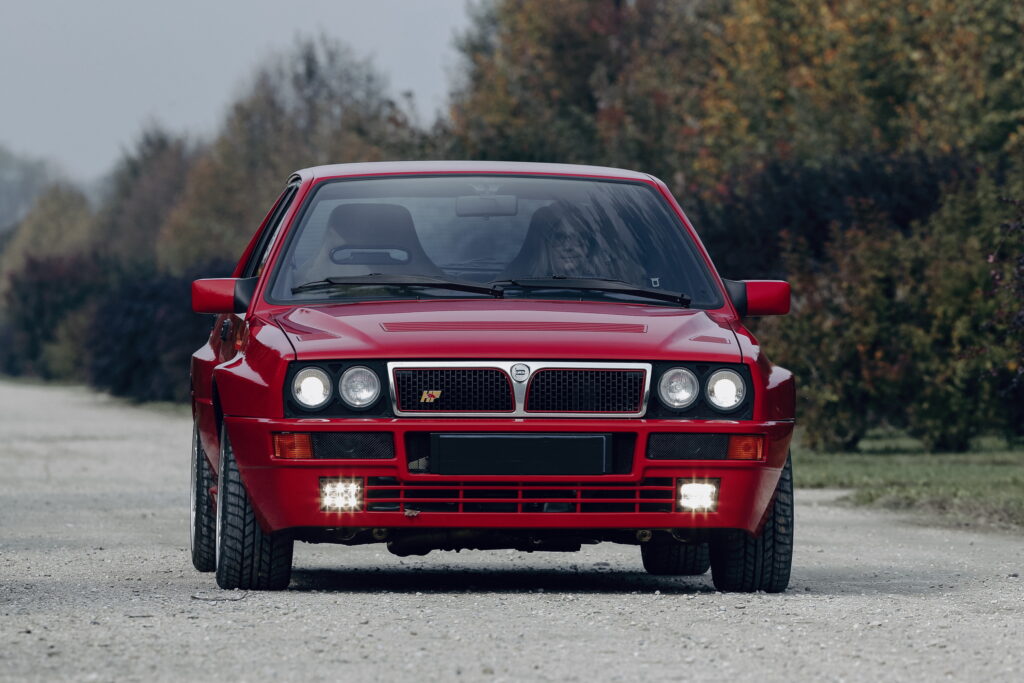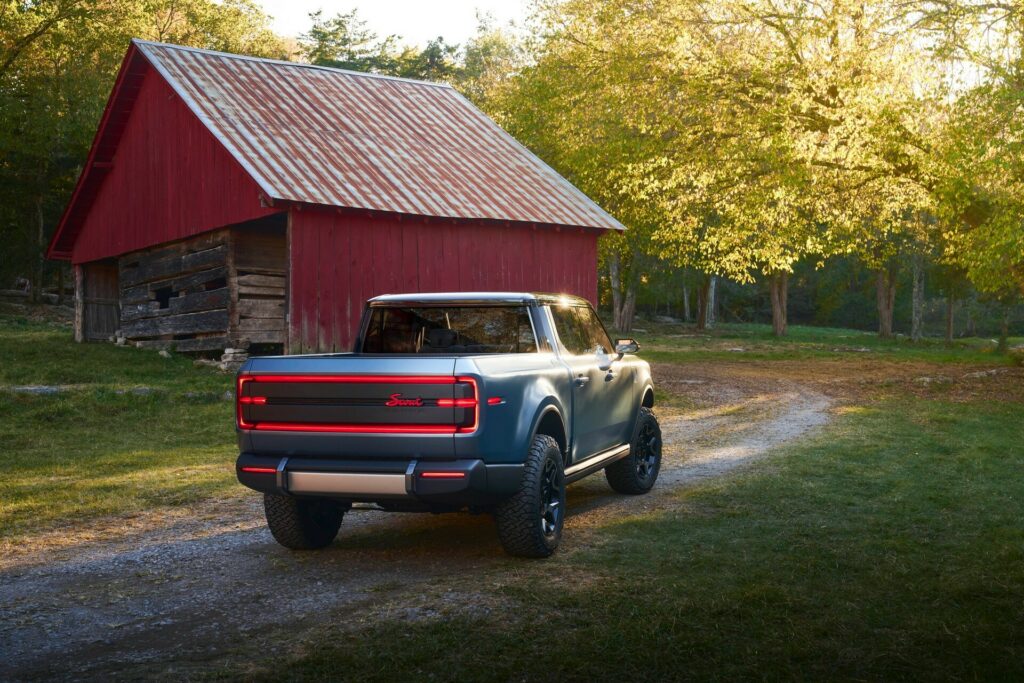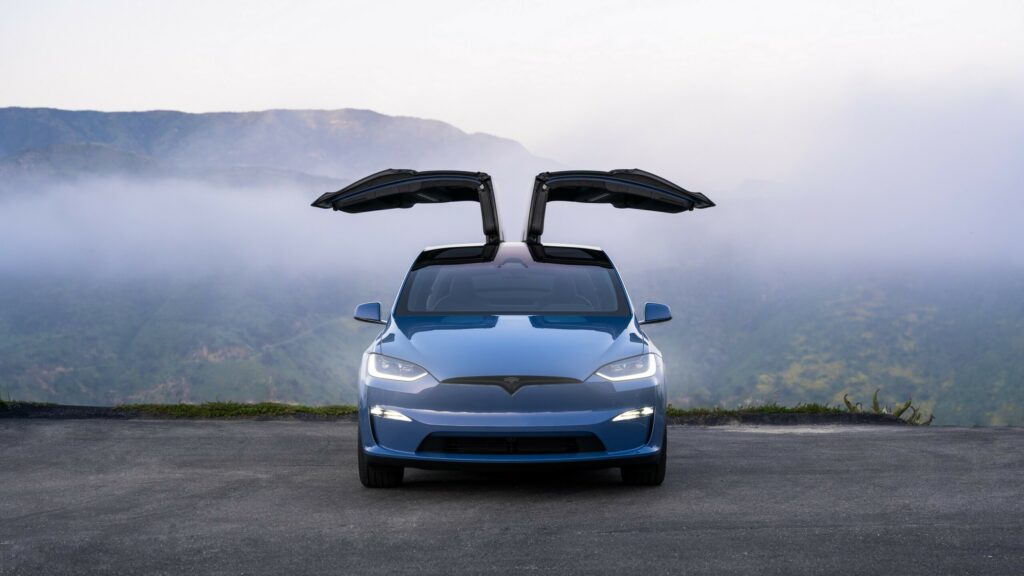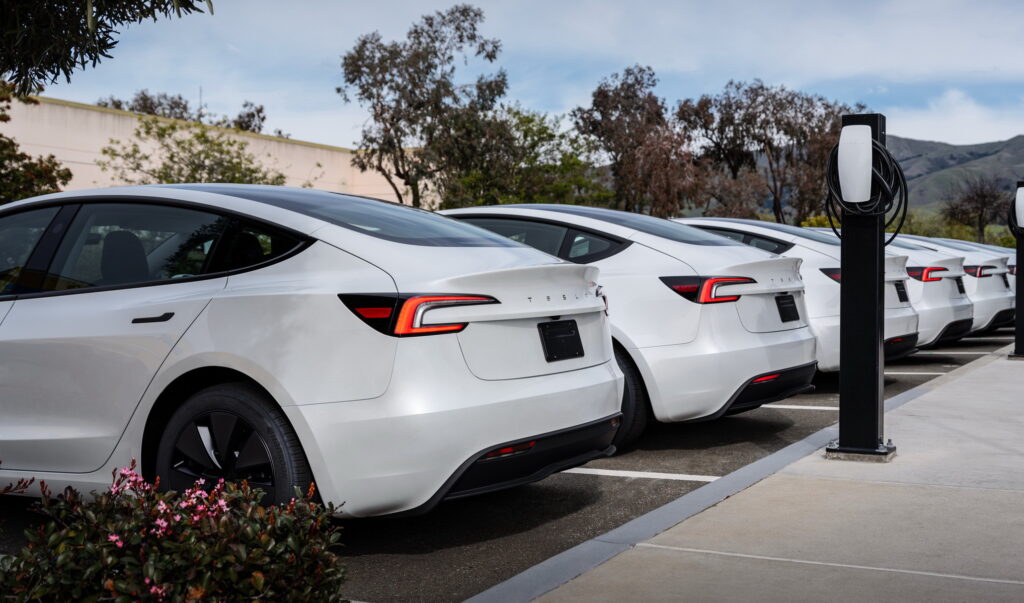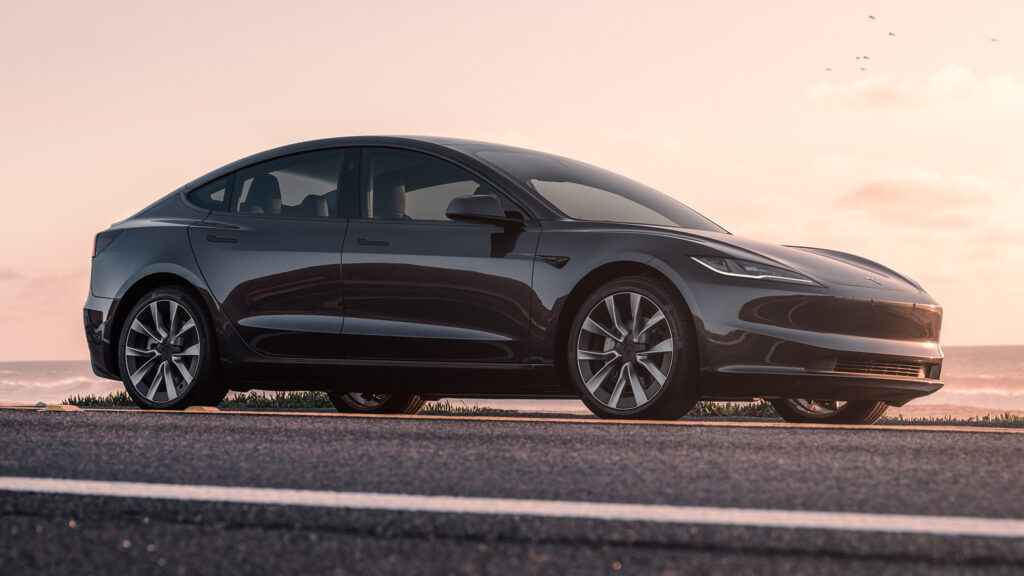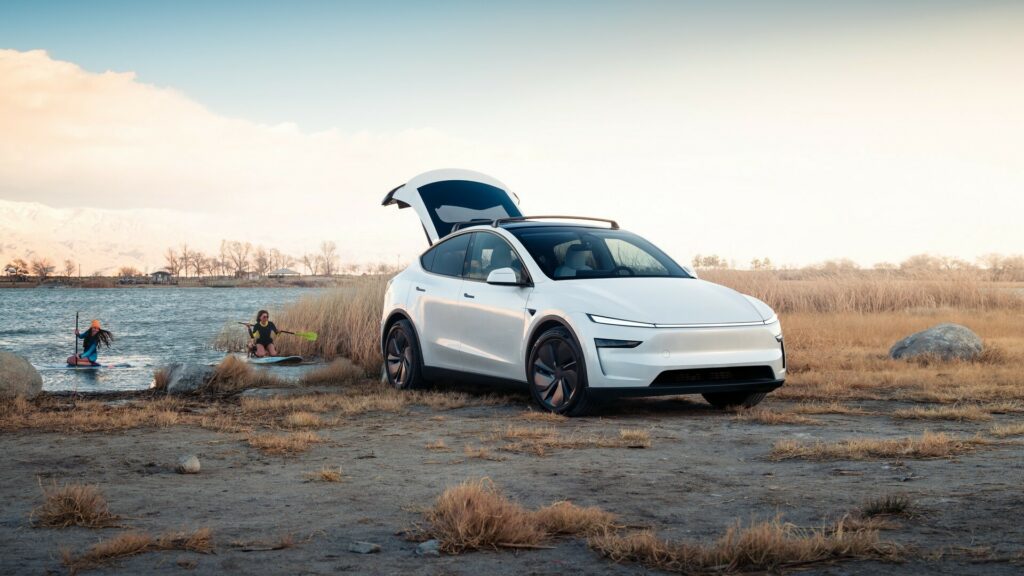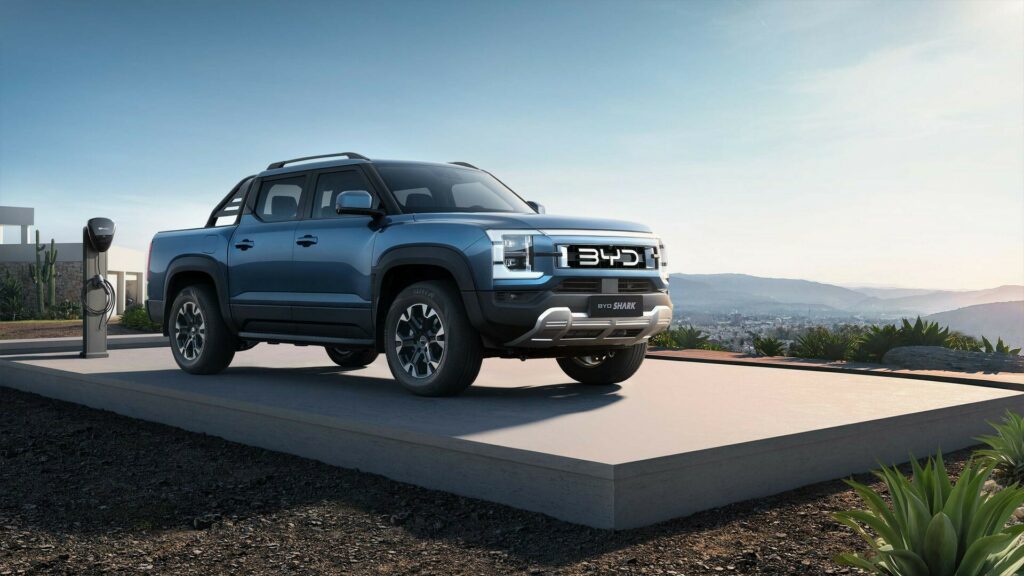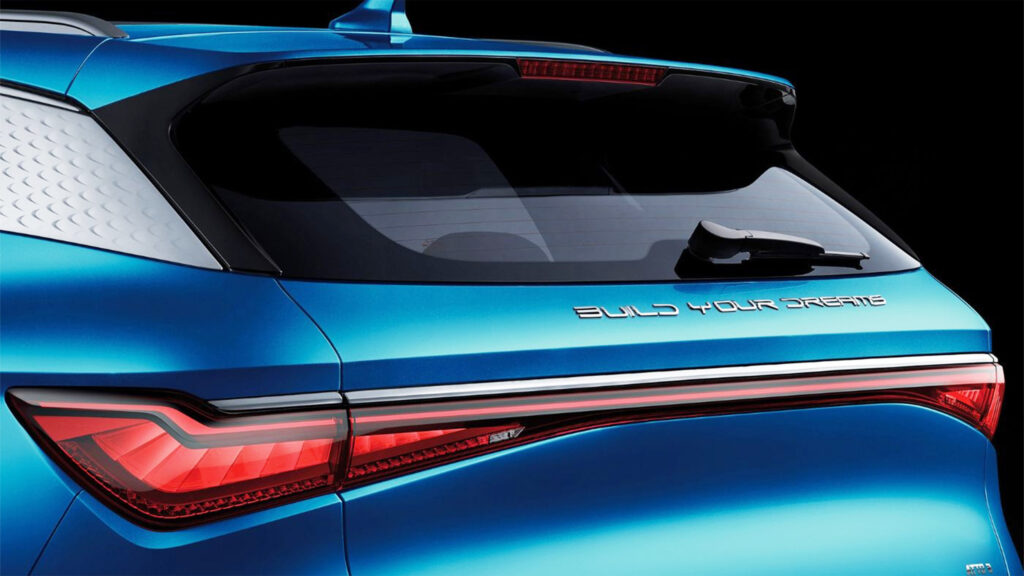Mercedes Says The World Wasn’t Ready For The EQS
- Mercedes will replace the EQS with both EV and ICE versions of the next S-Class.
- According to the brand’s design chief, the EQS was launched 10 years too early.
- In 2024, the carmaker tried to improve the sedan’s looks with a refreshed front grille.
The Mercedes-Benz EQS was supposed to be a solid alternative to the Tesla Model S, having launched at a time when premium brands were doing everything they could to establish themselves in the EV market. However, its styling, defined by the ultra-aerodynamic “jelly bean” design, has long faced criticism, which has, in part, hindered the sales Mercedes had hoped for. Now, the automaker has admitted it missed the mark with the EQS.
Mercedes-Benz’s design chief, Gorden Wagener, recently admitted that the EQS might have been “probably 10 years too early” and acknowledged that the vehicle wasn’t marketed in the best way. While many view the EQS as an all-electric version of the S-Class, Mercedes insists that was never the intent. The EQS wasn’t meant to be a chauffeur-driven luxury sedan like its flagship counterpart, and its design reflects that difference.
Read: Next Mercedes S-Class To Offer EV And ICE, Making EQS Obsolete
“It’s a very, very progressive car and, of course, it was not originally designed as a chauffeur limousine,” Wagener explained to Autocar. “That was not the intention. Many people in this class expect a long hood [bonnet] and status from a chauffeur car, and the EQS is different there. It’s a completely different car. Maybe we should have marketed it differently, more like a futuristic CLS, S-Class Coupé or something like that.”

Efforts to Address the Design
In an attempt to make the EQS more traditional, Mercedes-Benz gave the car a subtle facelift last year, which included a redesigned grille. However, the egg-shaped design of the electric sedan remained unchanged.
As a result, Mercedes-Benz has decided there will be no second generation of the EQS. Instead, the company is planning to merge the S-Class and EQS into one model line that will offer both internal combustion engine and electric powertrains, similar to what BMW has done with the 7-Series and the i7.
This new combined model line may not arrive until 2030, meaning the EQS could remain in production for several more years. In the meantime, Mercedes-Benz will continue to update the EQS, with another comprehensive refresh expected as soon as next year. However, don’t expect major design changes, as the focus will likely be on refining the car’s features rather than overhauling its aesthetic.
